REGIONAL RAIL
// MODERNIZING COMMUTER RAIL
Regional Rail envisions a new business model for Commuter Rail centered around a modern, electric network and fleet of vehicles to bring rapid-transit-like, frequent, and reliable service to the entire Metro Boston region.
OUR REGIONAL RAIL VISION
System-wide electrification and the purchase of high-performance electric trains.
Strategic infrastructure investments to relieve bottlenecks and speed restrictions.
High platforms to provide universal access and speed up boarding for everyone.
Frequent service all day, a minimum of every 30 minutes system-wide, and every 15 minutes at high-demand stations.
Free transfers between subways and buses; fare equalization within the subway’s service area; cheaper fares overall; means-tested fares for low-income riders.
While not critical to implementing a Regional Rail system, the North-South Rail Link (NSRL) between North and South Station is the next step to drastically enhance regional mobility. NSRL allows trips between any two stations through a one-seat ride or single, seamless transfer, providing the flexibility and connectivity to which many riders and potential riders would be drawn.
REGIONAL RAIL HAS FIVE TRANSFORMATIVE BENEFITS
Almost all commuter rail stops have poor accessibility.
32 are entirely inaccessible. High-level platforms provide step-free access to all riders, including those with mobility constraints, parents with strollers, and riders with heavy equipment or suitcases.
Regional Rail improvements facilitate economic growth and provide a wider customer base for local businesses.
Frequent, reliable rail can increase development near stations. Regional Rail provides a green, economical way to access our rich cultural resources and recreational amenities.
Modern electric trains create zero local emissions, reduce noise pollution, and increase reliability, making rail trips more attractive than car trips.
Electrification can thus help reduce respiratory ailments in environmental justice communities and is critical for meeting the Commonwealth’s 2050 zero net emissions goals.
Regional Rail opens up new housing markets and makes transit-oriented development more attractive.
Workers who commute some or all days of the week can use the train for other longer trips and walk or bike to local destinations. Frequent, reliable, and affordable rail service opens up new employment opportunities, particularly in Gateway Cities, which are well-positioned to become employment centers in their own right.
Frequent, reliable, and affordable rail service opens up new employment opportunities.
Regional Rail reduces the “spatial-skills mismatch” that holds back employment and provides access to vocational opportunities to boost workers’ skills. Regional Rail will provide up to 250,000 direct and indirect jobs during construction.
INTRODUCING OUR NEWEST REPORT
REGIONAL RAIL LEAD
READ OUR REPORTS
READ OUR TECHNICAL ANALYSES
REGIONAL RAIL POSTERS
Introducing our Regional Rail posters! Help us make a difference by sending a message to your legislators asking for real action and funding to make Regional Rail happen. Keep an eye out for these posters in and around Commuter Rail stations!
CHECK OUT OUR FIRST ZINE!
PRESS COVERAGE
BLOG POSTS
COMMUTER RAIL IS OUTDATED
MBTA Commuter Rail operates as a mid-20th century service with a mid-20th century business model. It reflects out of date biases about where people and jobs are located, and about how people desire to get from one place to another. Many people no longer work on a strictly 9 am to 5 pm weekday schedule, and many more want convenient and frequent train schedules that respond to the needs of their daily lives.
“The current Commuter Rail paradigm costs ‘way too much money for way too little ridership.’
”
Our current approach to Commuter Rail, as a business model, fails to offer its rider/customers the service they want and need. As a result it contributes to the region’s worsening traffic congestion, keeps Gateway Cities isolated during most of the day, and exacerbates income inequality since the inadequate service compels many to drive – for lower income people, the high cost of owning, maintaining and driving an automobile can have a crippling effect on their ability to make ends meet.
Public transit must be frequent all day, not just at rush hour. A Regional Rail system would have trains running at least every half hour all day in the suburbs and at least every fifteen minutes in Boston and other Inner Core communities.
Regional Rail requires both frequent all day service, accessible platforms and smarter equipment to provide the service. That means high-level platforms at stations to simplify and speed up boarding and alighting. It also means electrification of the system, enabling use of Electric Multiple Units to replace the current push/pull diesel fleet. EMUs will be more reliable and less expensive to maintain, will provide riders with speedier trips, and will provide better service without polluting the air around them.


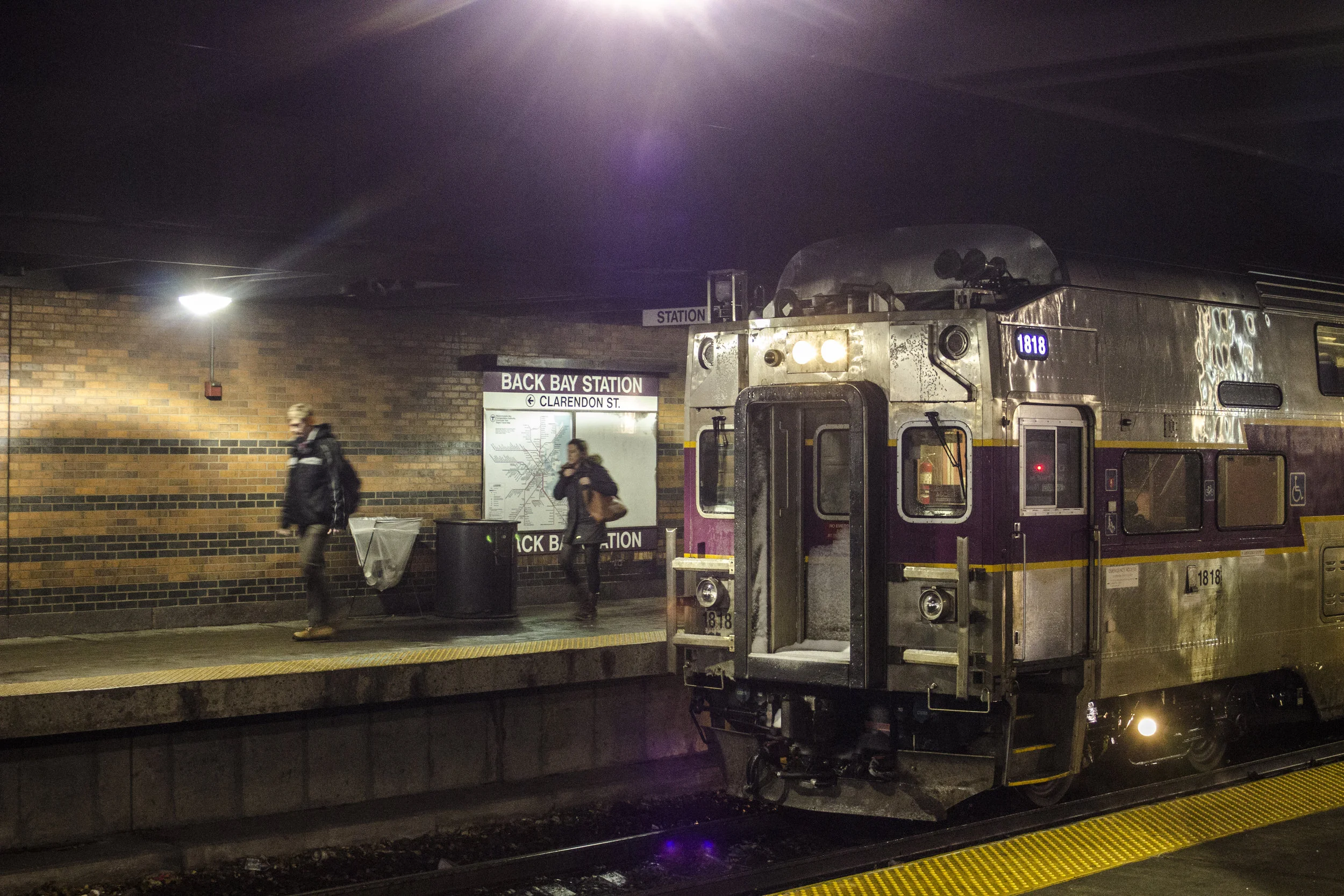












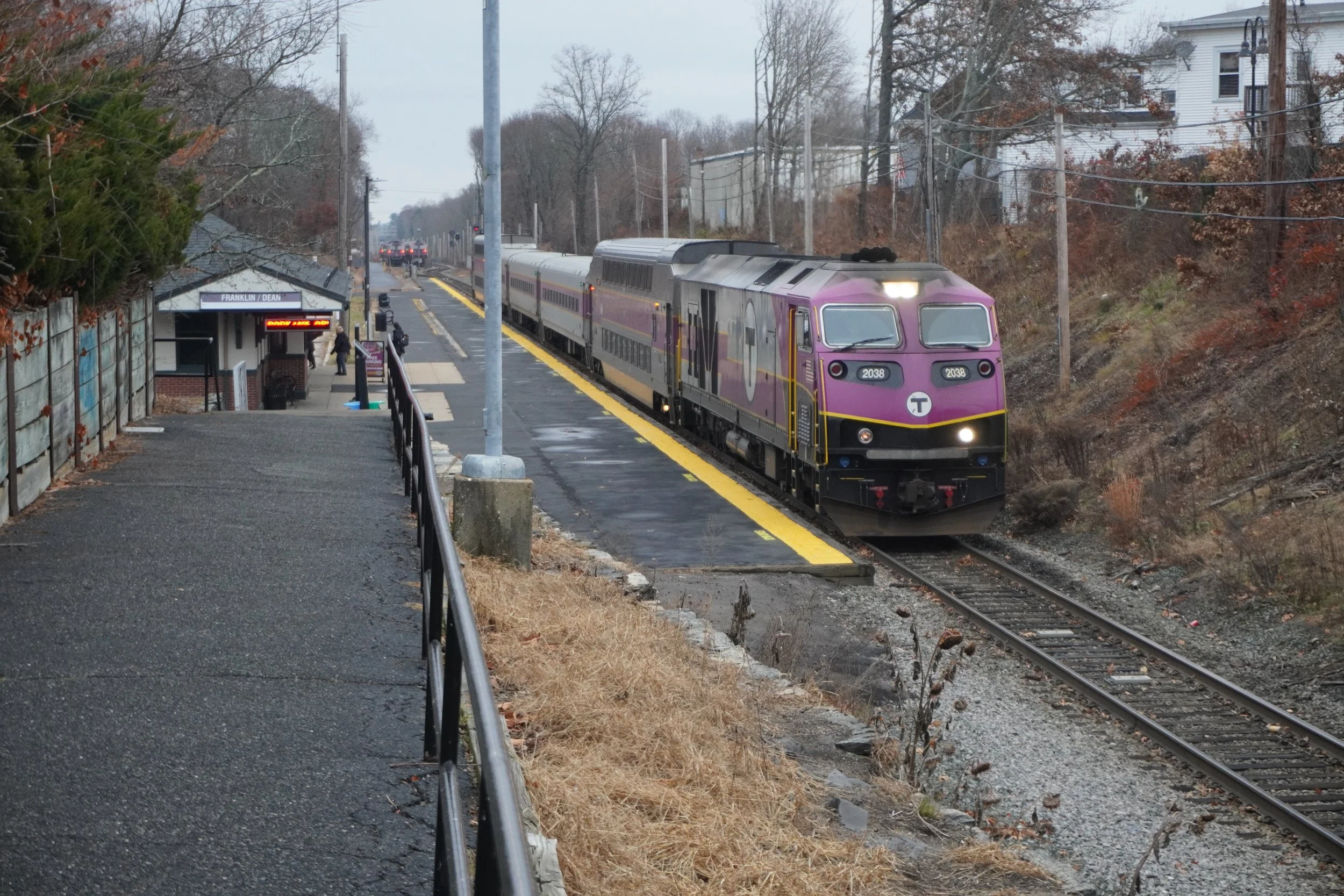






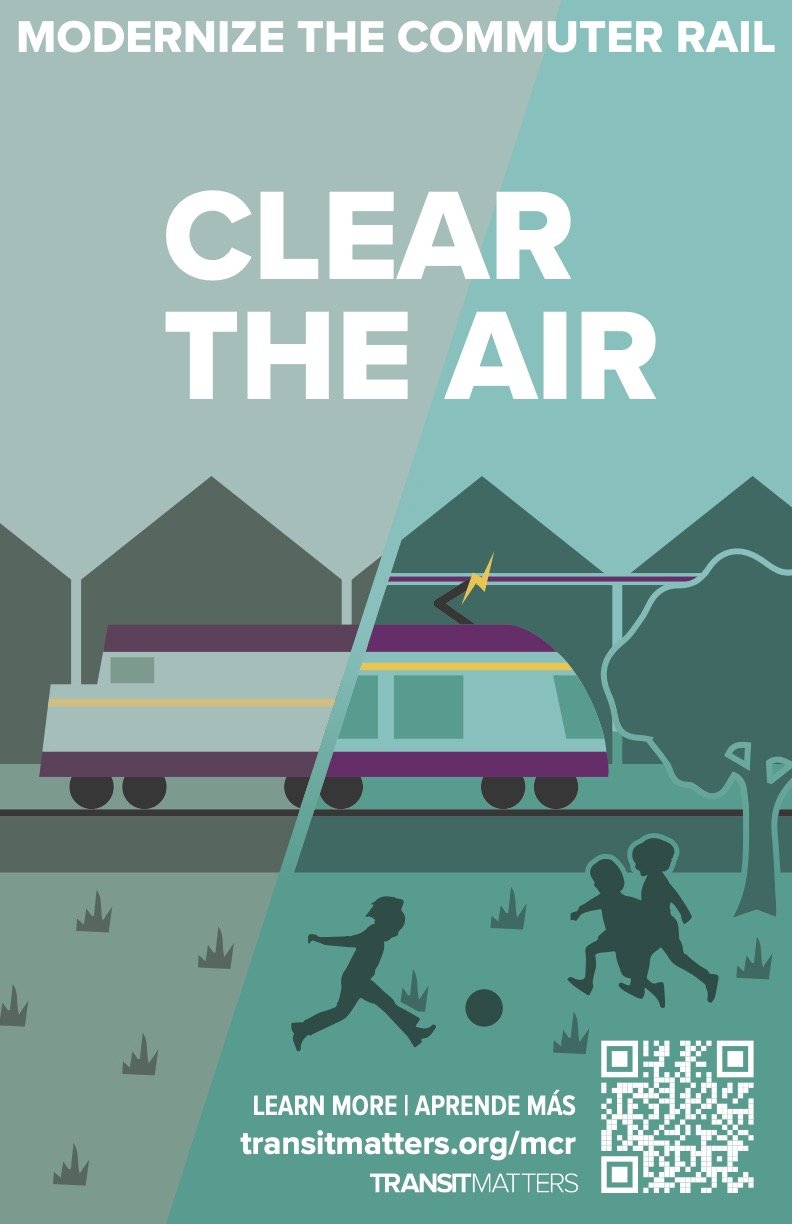
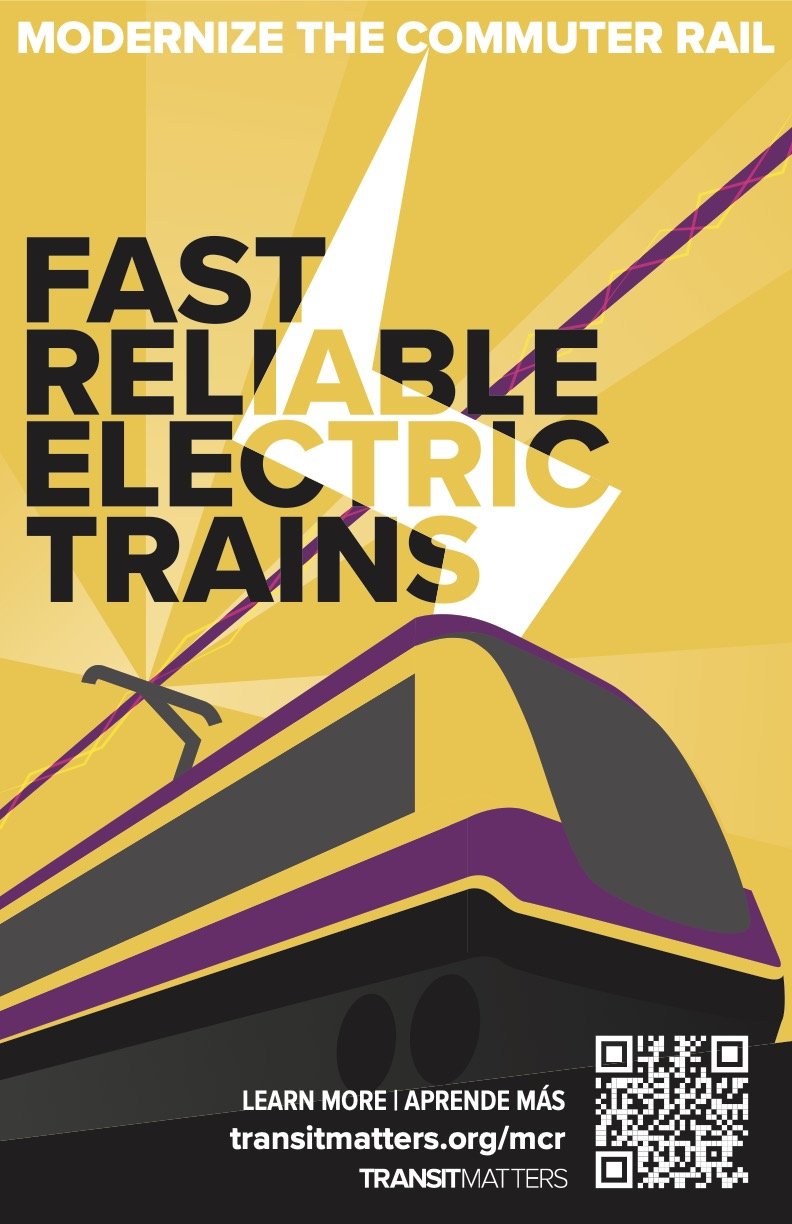
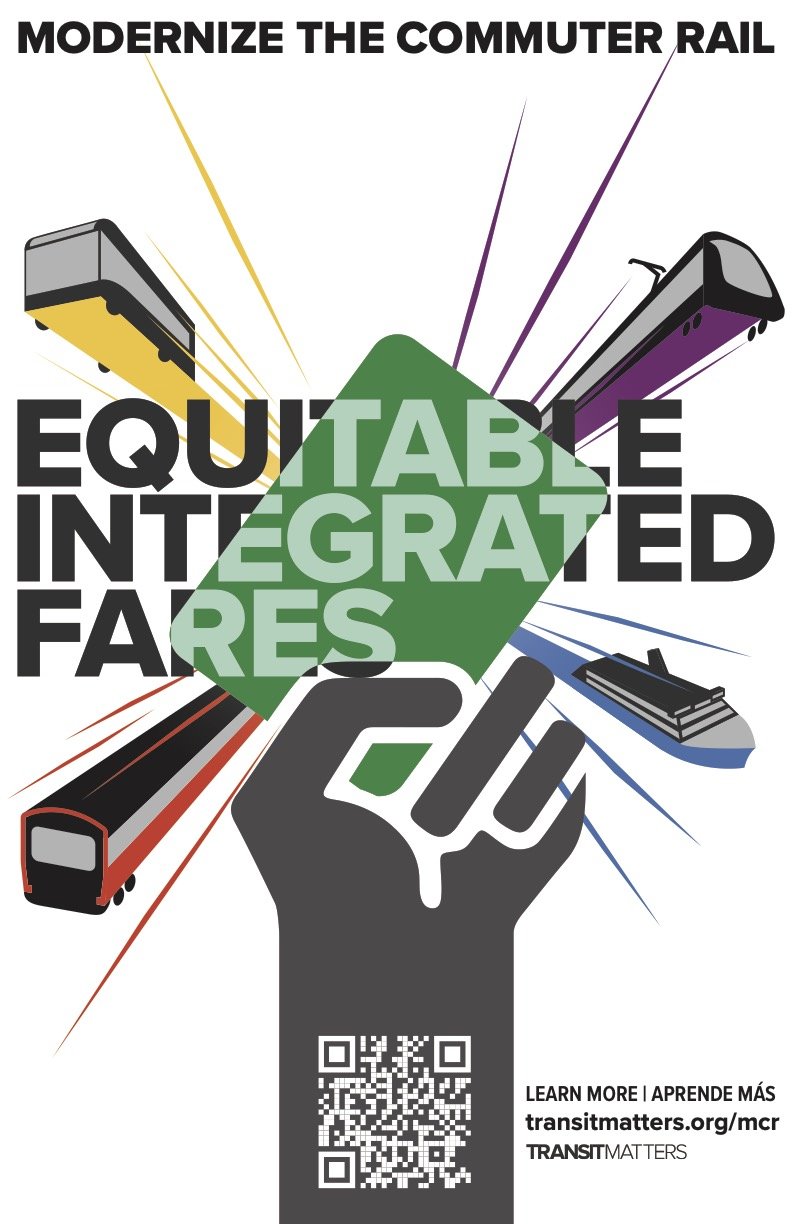


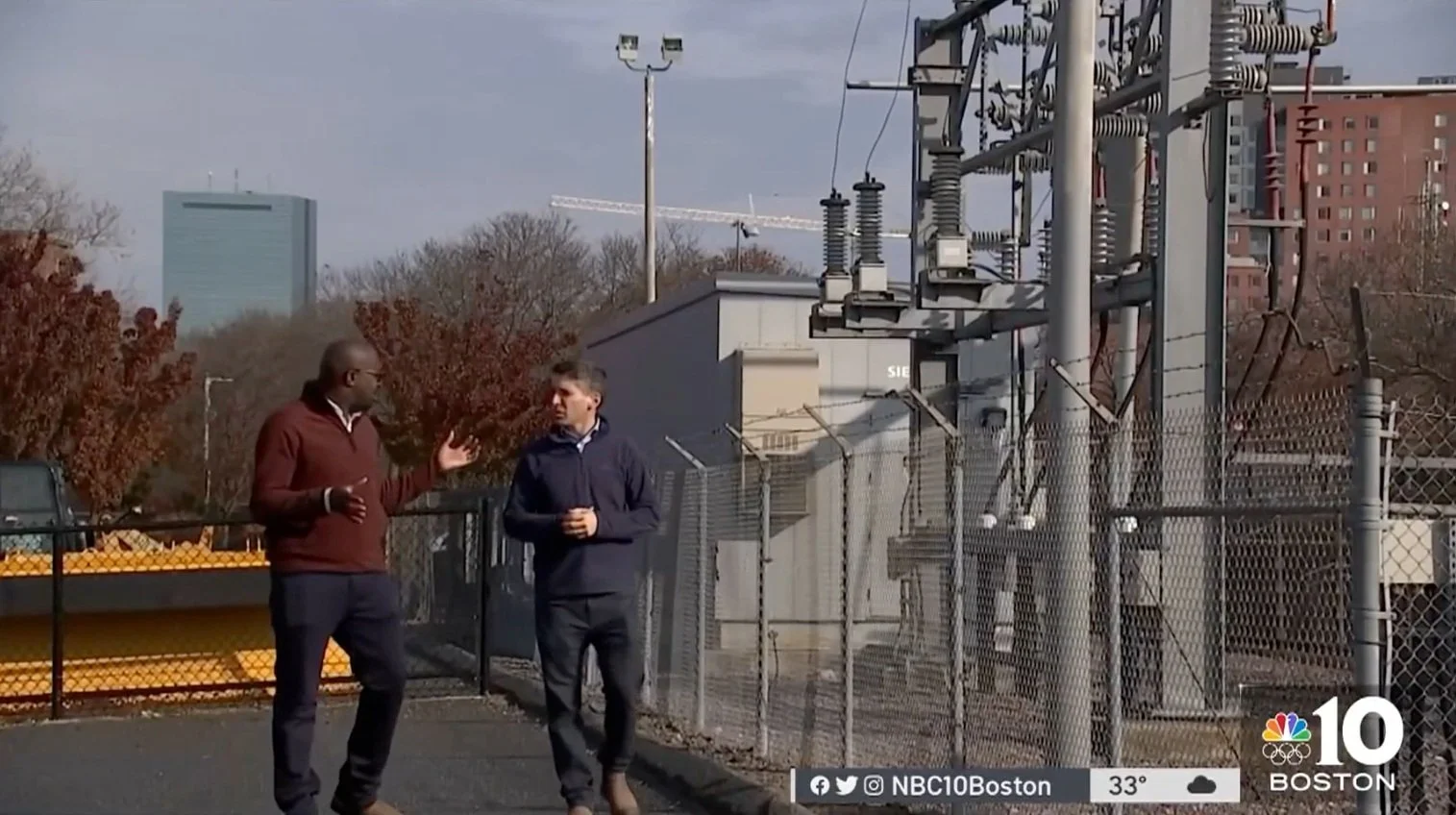


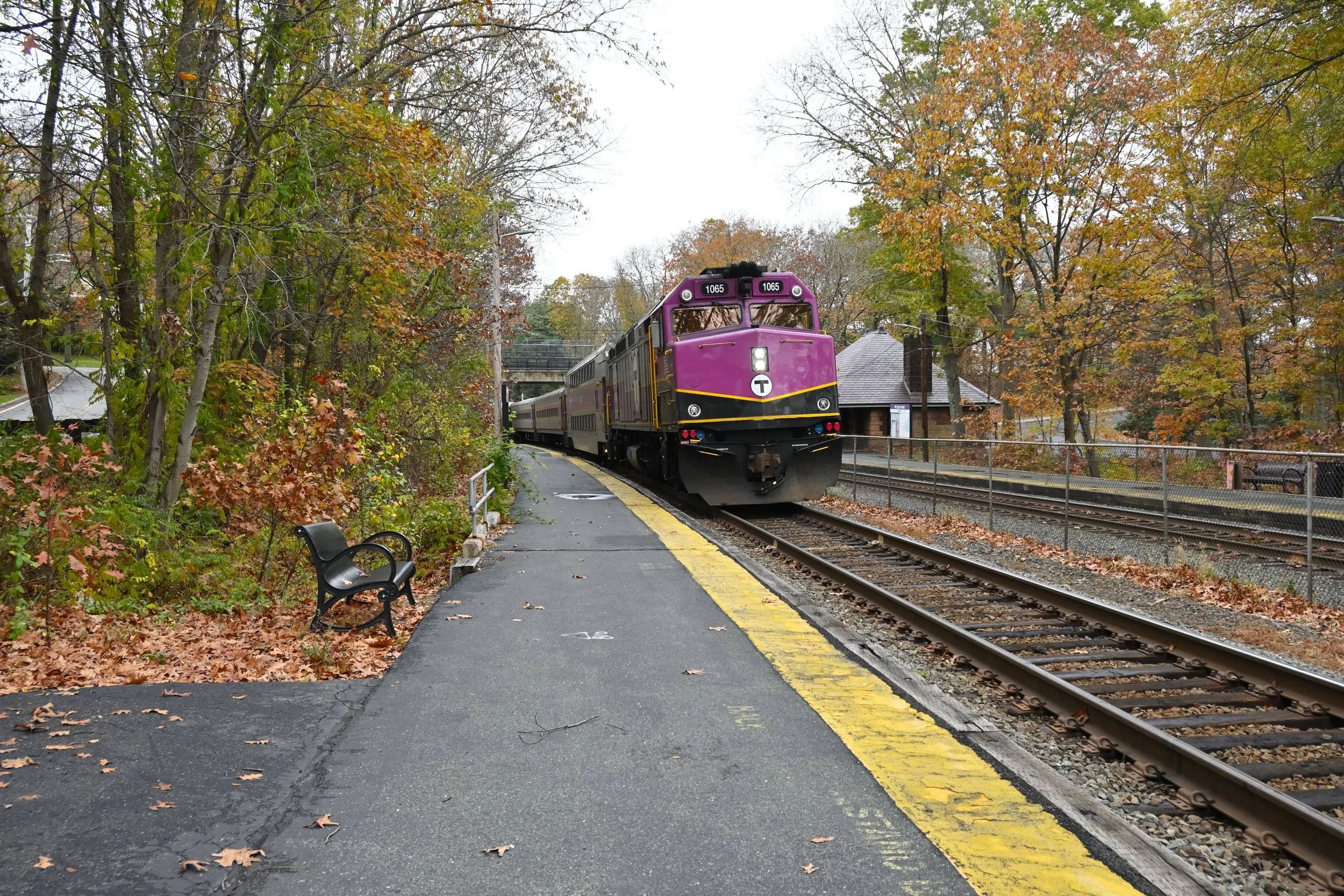


Read our latest report detailing how to begin modernizing the lines that the FMCB endorsed for an early transition to Regional Rail and operate frequent service systemwide, and how this process can aid the region's economic recovery from the COVID-19 pandemic.
Released: June 2020